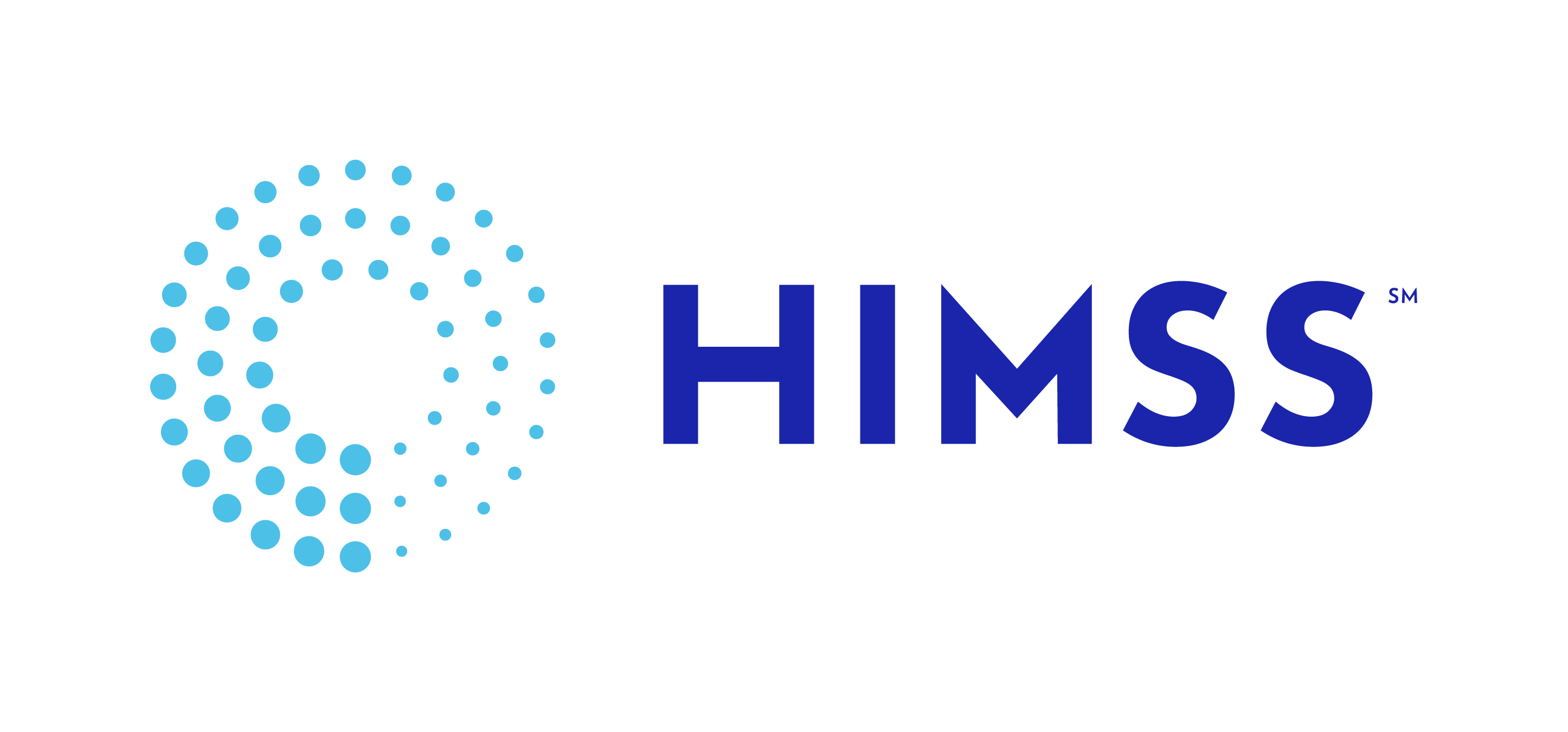Blog | Digital Transformation of a Psychiatric Program: Part 1 - Crisis and Planning
By Dmitriy Reznik, PA-C
Can a brick-and-mortar non-profit mental health institution with a minimal budget and a long-standing unease with technology transition into a fully functional virtual behavioral health program? Can it do so in less than a week while innovating a new model of “tele-PHP” care? While keeping over 30 patients in treatment?
Spoiler alert: Yes, it can -- and patients love it!
Day One: Crisis
As the coronavirus spread and the second week of March 2020 came to an increasingly frightening close, La Cheim Behavioral Health Services, a non-profit that operates a Partial Hospitalization Program in Oakland, CA, was facing immediate closure due to a “shelter-in-place” order and possible case of COVID-19 on site. Such open-ended closure would have crippled the agency’s finances and sent key staff searching for new positions elsewhere, while leaving more than 30 acutely ill psychiatric patients without the treatment they need.
Partial Hospitalization Program (PHP) is a well-established day treatment modality that provides six hours of structured therapeutic activity five days a week. La Cheim’s PHP is known for being exceptionally compassionate, non-institutional, and gender-aware care for adults coping with serious mental illness. As such, sudden program closure, while other mental health agencies were similarly curtailing their operations, would have left many acutely depressed and suicidal patients “on the street” with limited or no access to desperately needed services.
At first, the idea of transforming the program into a fully virtual format seemed non-viable, even farcical, due to many factors – lack of software, hardware, budget, time, employee anxiousness about technology, and extreme skepticism from insurers who doubted the community-based element of PHP treatment could be credibly replicated online. There were two of us with technical expertise: myself, a health I.T. professional with a medical degree, and a Doctor of Psychology with prior IT experience.
At La Cheim, we were also quite skeptical about video conferencing, since group therapy sessions are the core component of Partial Hospitalization care. However, someone came up with an excellent idea to call our patients and just ask what they think. The feedback has been surprising - over 90% of clients not only wanted to participate in a virtual PHP program, but were also enthusiastic about it.
And insurers soon followed suit. In light of the pandemic, Kaiser Permanente, Cigna, and other major insurers in the area made rapid and compassionate changes to long-standing policies, opening the way for tele-PHP (which would have been unthinkable a week prior).
Those approvals came after the agency had to shut its doors on Friday, March 13. Saturday, March 14 was Day One for us – despite a lack of insurance approvals, a staff and patient census terrified by COVID-19, and the seemingly impossible mountain of work that lay ahead, we began crafting a tele-PHP plan early that morning – hoping against hope that it may turn out to be more than just a techie’s daydream.
Days Two-Five: Preparing Infrastructure while Missing Sleep
Any major task may look intimidating at first, but once you start cutting it into bite-sized chunks, it all of sudden becomes reasonable to execute – provided you’re comfortable with working 18-hour days 7 days a week for weeks on end. We broke the key tasks into 4 major categories: communications, compliance, clinical tools, and reporting. We then went over all categories and determined core components necessary to create -- pardon my Silicon Valley lingo – a “Minimally Viable Product (MVP)” – hoping, of course, that it may also become a “Most Valuable Player (MVP)” – but only time would tell.
Key infrastructure concerns that needed to be addressed in real time were:
- HIPAA-compliant video-conferencing platform;
- Updated consent forms that cover tele-care;
- Remote access to office phone lines;
- Staff and patient training.
To minimize the number of “technical hotspots,” we decided to keep existing solutions whenever possible, even if built-in features were suboptimal. For example, we kept our existing cloud-based EMR with no tele-care functionality. As we were readying for launch on Tuesday, March 17 - a day before the Office of Civil Rights (OCR) announced that they are relaxing the privacy rules (https://www.hhs.gov/about/news/2020/03/17/ocr-announces-notification-of-enforcement-discretion-for-telehealth-remote-communications-during-the-covid-19.html) - we had only been looking at HIPAA-compliant vendors that offer Business Associate Agreement (BAA). The newly relaxed privacy rules enabled us to move forward with-our preferred video conferencing platform without a BAA – important, as this platform was emerging as the clear video platform of choice for Bay Area mental health.
Access to the office phone system has been a breeze, as our existing telephone provider already supported VOIP calling via an iOS and Android app. This enabled our providers to immediately resume calling patients using a softphone app on their smartphones.
Finally, to wrap up the informed consent and privacy piece, we realized that patients dislike HIPAA consent forms and find them confusing. We decided to maximize transparency and user-friendliness by creating a tele-medicine consent form that every patient could understand. The challenge was to explain to patients that their personal health information still remains as protected as if they were seen in the office setting.
The only exception to this privacy standard involves certain program information being transmitted via non-encrypted email (a relaxed privacy standard that immediately became a requirement for tele-treatment to maximize efficiency while sparing clients the frustration of dealing with confusing message encryption). This was a choice we made in the spirit of OCR’s relaxed regulations – prioritizing patient access to care over the field’s traditional avoidance of email for HIPAA compliance.
Creating a Tele-PHP may seem like a difficult task. The reality is that most building blocks are already there – and the clinical demand is certainly there. Part two of this story will cover the launch day and the aftermath. Please stay tuned.
